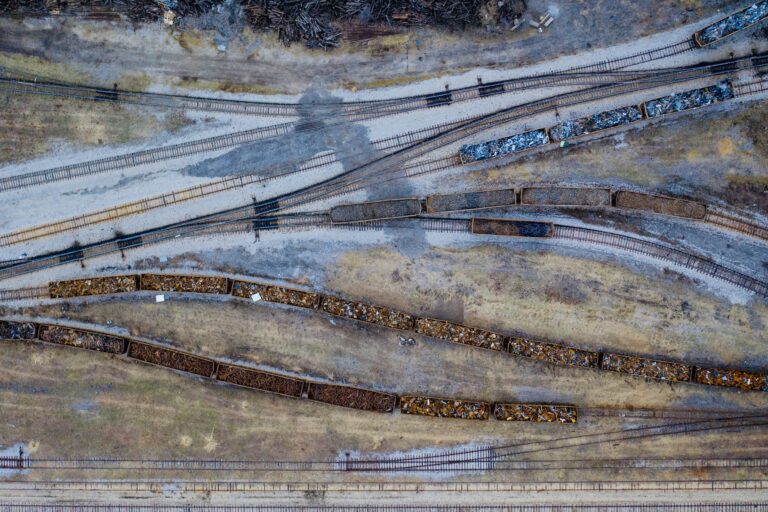The Federal Employers Liability Act (FELA) was enacted by Congress in 1908 as a safety statute designed to protect workers in the rapidly expanding railroad industry, which at the time was one of the most dangerous professions in the United States.
Prior to FELA, railroad companies operated under common law principles that made it extremely difficult for injured workers (or their surviving family members) to obtain compensation.
Doctrines like contributory negligence, assumption of risk, and the fellow servant rule often barred recovery entirely, even in cases of severe or fatal injuries.
The passage of FELA marked a significant shift in labor policy by establishing a federal standard for legal claims related to a worker’s injury or death resulting from railroad employment.
FELA is unique among labor protection laws in that it does not function as a no-fault system like traditional workers’ compensation statutes.
Instead, FELA requires the injured worker (or their kin dependent upon a deceased worker) to prove that their injury was caused, at least in part, by negligence attributable to the railroad employer.
This includes negligent acts or omissions such as failing to provide a safe working environment, improper maintenance of equipment, lack of training, or violations of safety regulations.
Importantly, the required threshold of proof is lower than in most tort cases, a principle sometimes referred to as “featherweight” causation.
This means that if a railroad employer’s negligence played any role, however small, in causing the injury, liability may attach under FELA.
FELA applies only to railroad employees engaged in such commerce as defined by federal jurisdiction.
Typically interstate transportation or work substantially related to it.
The law authorizes both injured on the job workers and surviving dependents to file lawsuits in either state or federal court.
Successful FELA cases may result in compensation for a wide range of losses, including medical costs, lost wages, pain and suffering, and diminished earning capacity.
However, not all these costs are guaranteed: plaintiffs must present clear evidence (such as medical records and accident reports) that links their injury to the employer’s negligence.
The statute also permits railroad employers to raise defenses, such as comparative fault, although full bars to recovery based on contributory negligence were eliminated with FELA’s passage.
In sum, the purpose of FELA was to balance the need for industrial productivity with the rights and safety of railroad workers, establishing a durable legal framework that remains in place over a century later.
Who Is Covered Under FELA?
The Federal Employers Liability Act (FELA) applies specifically to railroad employees who are employed by common carriers engaged in interstate commerce.
In other words, FELA covers workers whose duties are connected to the operation, construction, or maintenance of railroads that transport goods or passengers across several states or contribute materially to interstate rail operations.
To bring a claim under FELA, the worker must have been injured while performing tasks that further the business of such carrier in the course of their employment.
FELA does not apply to general industrial workers, independent contractors, or employees of rail-adjacent businesses (such as trucking companies or equipment suppliers), unless those entities meet the narrow definition of a common carrier under the Act.
Courts have consistently held that common carriers under FELA must operate in the transportation of goods or passengers for the general public on railroad use track systems.
Importantly, FELA covers not only the injured worker, but also allows a personal representative (typically a spouse or dependent family member) to bring a lawsuit in cases involving death caused by a workplace accident or long-term toxic exposure.
The law recognizes the right of dependents to seek damages when a fatality is attributable to employer negligence.
Covered job roles include a wide variety of operational and support functions within the railroad industry.
These positions span both fieldwork and administrative responsibilities, so long as the duties relate to the mission of a common carrier engaged in interstate commerce.
Workers commonly covered under FELA include:
- Conductors and brakemen: Responsible for the operation and coordination of train movements
- Locomotive engineers and firemen: Operate trains and manage the engines on both freight and passenger lines
- Track maintenance workers (maintenance-of-way): Repair and inspect rails, ties, ballast, and signaling systems
- Machinists and electricians: Repair locomotives, rail cars, and electrical systems in yards and shops
- Signal maintainers: Install and repair trackside signal systems to ensure train routing and safety
- Car inspectors and carmen: Maintain, inspect, and repair freight and passenger cars
- Yardmasters and switch operators: Manage train assembly, routing, and switching in rail yards
- Telecommunication technicians: Install and service communication systems used in railroad operations
- Train dispatchers: Oversee and direct train movements, often from centralized control centers
- Bridge and building workers: Maintain structures used in rail operations such as trestles, stations, and storage facilities
- Utility employees: Perform multiple support tasks, including cleaning, fueling, and preparing trains for service
- Clerical staff: If employed directly by the carrier and engaged in support of transportation activities
While FELA’s coverage is broad within the context of rail employment, it does not extend to non-railroad workers, purely intrastate operations, or situations in which the carrier is not involved in public transport across state lines.
Establishing employment with such carrier, and showing that the duties performed were in service of interstate commerce, are foundational elements in any FELA claim.




